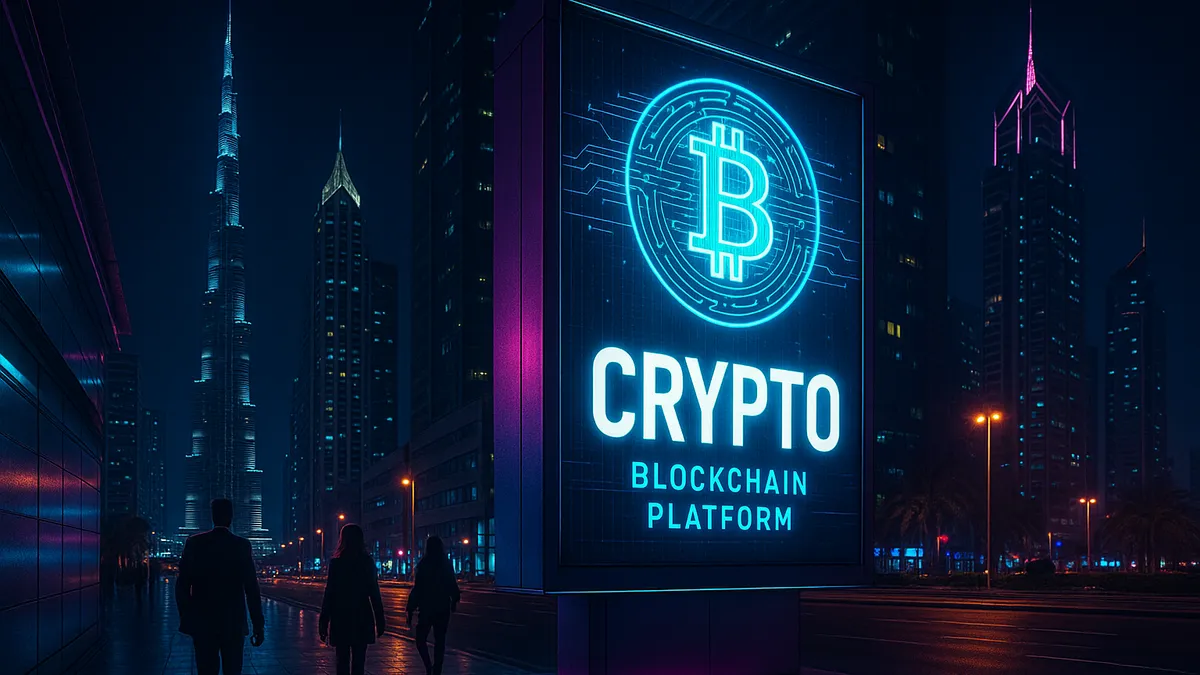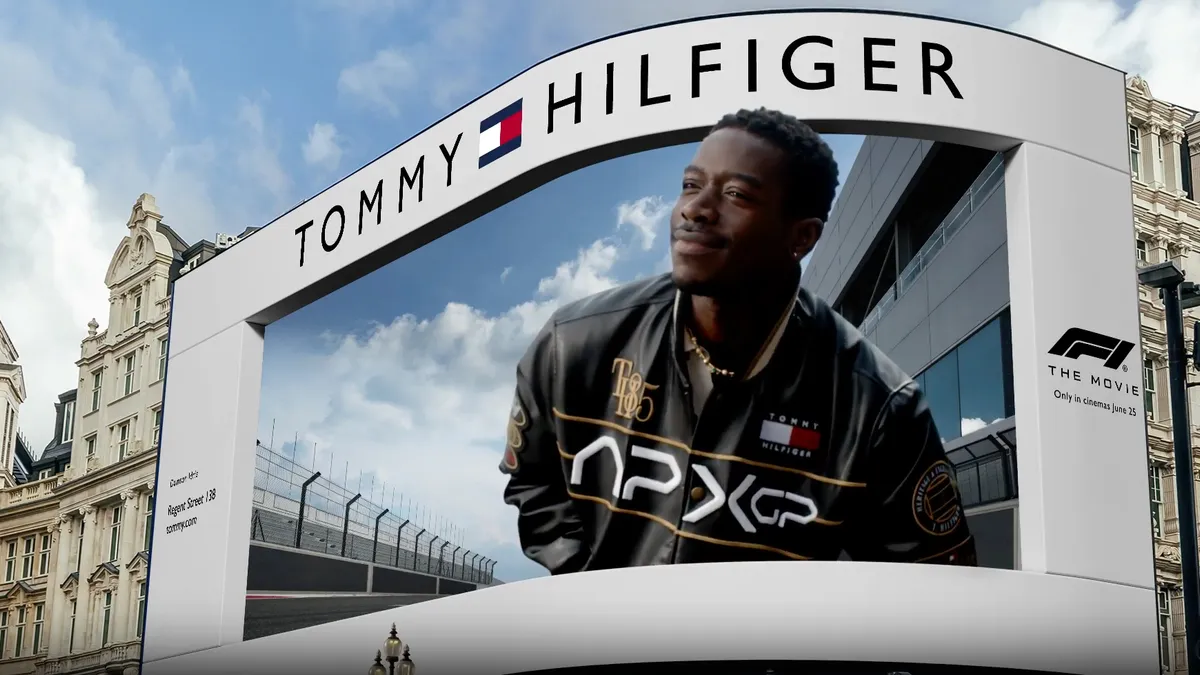How the F1 Movie Became a Marketing Masterclass
Discover how the F1 movie became a marketing masterpiece, with brands leveraging multiple channels to reach diverse audiences through strategic partnerships.
by Harshit Dabhi
21 August 2025 · 6 min read

The highly anticipated Formula 1 film has proven to be far more than just another Hollywood blockbuster—it's become a marketing tour de force that demonstrates how brands can strategically leverage entertainment properties to reach diverse audiences through multiple touchpoints. From luxury watchmakers to energy drink giants, the partnerships forged around this cinematic venture offer valuable insights into modern marketing excellence.
The Perfect Storm for Brand Partnership Success
The F1 movie presented brands with a unique opportunity: a globally recognised sport, A-list talent, and a passionate fanbase spanning multiple demographics. This trifecta created an ideal environment for sophisticated marketing campaigns that could transcend traditional advertising boundaries.
Formula 1's inherent appeal to affluent, tech-savvy audiences aged 25-54 made it particularly attractive to luxury brands and technology companies seeking to connect with high-value consumers. The sport's growing popularity amongst younger demographics, particularly following Netflix's "Drive to Survive" success, also opened doors for lifestyle and consumer brands looking to tap into emerging markets.
Strategic Brand Partnerships: A Multi-Channel Approach
Luxury Timepieces: Precision Marketing
Premium watch brands leveraged their longstanding F1 associations with surgical precision. These partnerships extended far beyond simple product placement, encompassing:
Digital Campaigns: Social media content featuring behind-the-scenes footage, countdown timers, and limited-edition releases tied to film milestones.
Experiential Marketing: Exclusive screenings for VIP customers, complete with pit-stop experiences and meet-and-greets with racing personalities.
Retail Integration: Pop-up experiences in flagship stores, featuring film props and interactive displays that brought the cinema experience to physical retail spaces.
Energy and Beverage Brands: Fuelling the Hype
Energy drink manufacturers and beverage companies employed high-octane marketing strategies that mirrored the adrenaline of F1 racing:
Influencer Partnerships: Collaborations with motorsport enthusiasts, lifestyle bloggers, and extreme sports athletes to create authentic content.
Sampling Campaigns: Strategic placement at cinemas, racing events, and gaming tournaments to reach core audiences.
Gamification: Interactive mobile apps and augmented reality experiences that allowed consumers to virtually experience F1 racing whilst engaging with brand messaging.
Automotive Excellence: Natural Synergies
Car manufacturers and automotive technology companies found natural alignment with the F1 movie's themes of speed, innovation, and engineering excellence:
Test Drive Events: Branded experiences that allowed potential customers to experience high-performance vehicles whilst celebrating the film's release.
Technology Showcases: Demonstrations of cutting-edge automotive technology at film premieres and automotive shows, drawing parallels between on-screen excitement and real-world innovation.
Content Marketing: Educational content about racing technology, safety innovations, and the evolution of motorsport, positioning brands as thought leaders.
Multi-Medium Mastery: Reaching Audiences Everywhere
Digital-First Strategies
Brands recognised that F1's global audience demanded sophisticated digital engagement:
Social Media Campaigns: Platform-specific content optimised for Instagram's visual storytelling, TikTok's short-form videos, and Twitter's real-time engagement capabilities.
Streaming Platform Integration: Branded content and advertisements strategically placed within motorsport-related programming on streaming services.
E-commerce Innovation: Limited-edition product drops timed with film milestones, creating urgency and exclusivity.
Traditional Media Renaissance
Despite digital focus, brands didn't abandon traditional channels:
Television Sponsorship: Strategic placement during F1 races, automotive programmes, and action film premieres.
Print Partnerships: Collaborations with motorsport magazines, lifestyle publications, and cinema guides.
Radio Integration: Podcast sponsorships and radio competitions tied to film releases and racing events.
Experiential Excellence
Physical experiences created lasting brand connections:
Pop-Up Experiences: Temporary installations in shopping centres, airports, and entertainment districts featuring racing simulators and branded photo opportunities.
Event Sponsorship: Presence at film festivals, motorsport events, and lifestyle exhibitions.
Retail Theatre: In-store experiences that brought the excitement of F1 racing to everyday shopping environments.
Measuring Marketing Excellence
The success of these campaigns can be measured through various metrics:
Brand Awareness: Significant increases in unprompted brand recall amongst target demographics.
Engagement Rates: Higher-than-average interaction rates across digital platforms, particularly amongst 18-34 age groups.
Sales Performance: Measurable upticks in product sales, particularly for limited-edition items tied to film partnerships.
Media Value: Substantial earned media coverage that amplified paid advertising investments.
Lessons for Future Brand Partnerships
The F1 movie's marketing success offers several key learnings for brands:
Authenticity Matters: The most successful partnerships felt natural and aligned with both the film's themes and the brand's core values.
Multi-Channel Integration: Brands that created cohesive experiences across multiple touchpoints achieved greater impact than those focusing on single channels.
Audience Understanding: Deep knowledge of F1's diverse fanbase allowed for targeted messaging that resonated with specific demographic segments.
Long-Term Thinking: The most effective campaigns extended beyond the film's release date, creating ongoing brand associations with F1's excitement and prestige.
Marketing Victory
The F1 movie demonstrates how entertainment properties can serve as powerful platforms for brand marketing when approached strategically. By understanding their audiences, leveraging multiple channels, and creating authentic connections, brands transformed a film release into a comprehensive marketing ecosystem.
This marketing masterclass proves that in today's fragmented media landscape, success requires more than traditional advertising. It demands creativity, authenticity, and a deep understanding of how different audiences consume content across various platforms.
As brands continue to seek innovative ways to connect with consumers, the F1 movie's marketing approach offers a blueprint for excellence—one that prioritises audience engagement over simple product placement, creating lasting connections that extend far beyond the final credits.
Frequently Asked Questions
1. How did brands measure the success of their F1 movie marketing campaigns?
Brands utilised a combination of metrics, including brand awareness surveys, social media engagement rates, website traffic analytics, sales performance data, and earned media value. Many also conducted pre- and post-campaign research to measure shifts in brand perception and purchase intent amongst target audiences.
2. Which types of brands benefited most from F1 movie partnerships?
Luxury brands, automotive companies, technology firms, and lifestyle brands saw the greatest benefits. These sectors naturally aligned with F1's audience demographics and the film's themes of precision, innovation, and high performance, creating authentic partnership opportunities.
3. How did brands adapt their F1 movie marketing for different global markets?
Successful brands localised their campaigns by partnering with regional influencers, adapting content for local social media platforms, incorporating cultural references, and timing releases to coincide with local F1 races or cinema release schedules in different territories.
4. What made the F1 movie marketing campaigns different from traditional film tie-ins?
Unlike simple product placement, F1 movie partnerships created comprehensive ecosystem experiences. Brands developed multi-month campaigns with experiential elements, user-generated content opportunities, and ongoing engagement strategies that extended well beyond the film's theatrical release.
5. How did smaller brands compete with major corporations in F1 movie marketing?
Smaller brands succeeded by focusing on niche audiences, creating highly targeted social media campaigns, partnering with micro-influencers, and developing creative guerrilla marketing tactics. Many also collaborated with other small brands to pool resources and create more impactful shared experiences.
Ready to explore the vast OOH opportunities in the UAE?
Author: Harshit Dabhi
Related articles
Insights

Why Crypto and Blockchain Brands Choose to Advertise in the UAE
22 August 2025 · 3 min read
by Layla Hassan
The UAE’s forward-thinking approach to crypto regulation and its world-class OOH opportunities make Dubai the perfect stage for blockchain advertising.
Insights

How the F1 Movie Became a Marketing Masterclass
21 August 2025 · 6 min read
by Harshit Dabhi
An in-depth analysis of how brands associated with the F1 movie executed brilliant marketing strategies across various media to connect with their target audiences.
Insights

Why Esports Is the Next Big Arena for Advertising in the UAE
3 July 2025 · 4 min read
by Noah Benedict
Explore how brands can tap into the booming esports scene in Dubai through smart out-of-home and digital strategies.